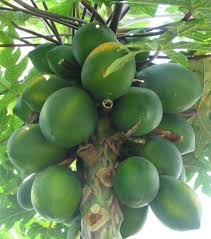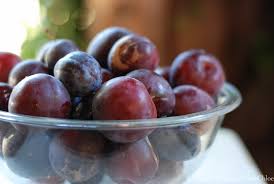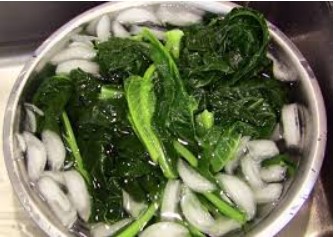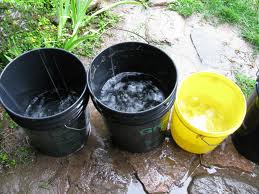This week I took a bite out of a misleadingly orange persimmon.
I write "misleading," because due to it’s orange color, my mouth was expecting to get a full dose of sweetness, but was surprised to get a big dose of flavor that is hard to define, but anyone who sunk his teeth in an unripe persimmon knows exactly what I mean. It kind of tastes like absorbent paper in your mouth and then add some cardboard for seasoning. Persimmon is one of the only fruits that can mislead me so much.
After all, if a banana is green – I know it is not yet ripe and ready to be eaten; the same goes for passion fruit, orange, mango and the like – it's pretty easy to tell when they're still "not there". But the persimmon is orange even before it is ready to meet the taste buds. I wonder how it works with coconut.
On the other hand, some fruits are used at any color. The people at their origin have found ways to use the fruit in any degree of ripeness.Papaya is like that. Organic papaya, a perennial herbaceous plant that yields delicious tropical fruit, grows in hot and humid areas and grows one main stem on which the fruits hang.
We typically place it in the same basket with pineapple, passion fruit and mango in terms of the associations and similar tastes, the papaya began it’s path in Central America and, like many other good things, reached tropical regions with the kind help of Christopher Columbus, where it began to thrive. It grows fast, from seeds or cuttings, and yields fruit all year round. How fun!
The Thais treat papaya the way we treat cucumber – a basic vegetable. Both cucumber and papaya are actually fruits (they contain seeds).Just like we expect a basic salad to contain tomato, cucumber and something green (for me lemon and olive oil is basic too), such is the papaya in the countries where it grows abundantly –it is expected to be found in any regular salad there.
Papaya is a more basic staple than even the cucumber. Cucumber can be added to a variety of salads, a jar of pickles or perhaps to a cold tzatziki soup – while papaya is steamed, cooked, roasted and pickled. In salads it is usually in its green and unripe form, whereas in fruit salads it is orange, soft, buttery and sweet. It is delicious raw, just sliced, and also can be used for desserts, smoothies and ice cream.
Papaya holds many nutritional and health benefits in it. It contains many vitamins as well – A, C, folic acid, potassium, antioxidants, nutritional fiber and magnesium. It also contains papain and chymopapain – which help prevent inflammation, prevent bad cholesterol from oxidizing and sinking inside blood vessels, and also, some say – help with pregnancynausea, arthritis pain, and even in the treatment of asthma. Papain also helps break down proteins into their building blocks – the amino acids, so our bodies can use them as raw materials when building all the proteins in our cells.
Israel cultivated and grew a papaya variety called “Aurora”, which is seedless and especially sweet. Still, all varieties of papaya are welcome in my kitchen. The little black seeds can be used like black pepper –dried, ground and into salads or soups (or chew them the way they are, with no drying and grinding) – their flavor is spicy and interesting.
To health!
Yours,
Maggie's Garden Team
Forecast:
In the ORGANIC vegetable baskets we expect (draft only):
Cucumber
Tomato
Lettuce
Potato
Onion
Cabbage
Parsley
Pumpkin
Swiss Chard
The Large organic vegetable baskets also include:
Colrahbi
Coriander
Kale
In the ORGANIC fruit baskets:
Bannana
Orange
Clementine
Melon
The large ORGANIC fruit baskets also include:
Papaya
Clementine
The ORGANIC Green Basket:
Dill
Spinach
A kind of lettuce
Mint
Sprouts
Swiss Chard
Kale
Argula












